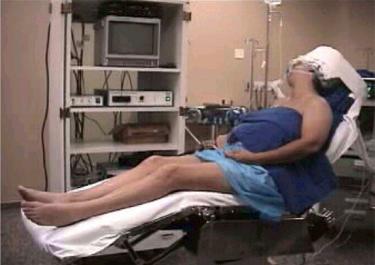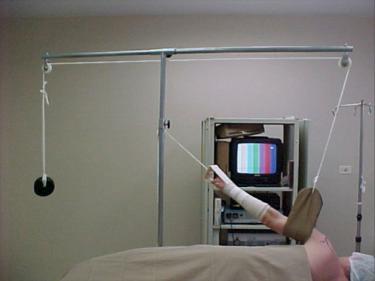Physical Address
304 North Cardinal St.
Dorchester Center, MA 02124
Shoulder arthroscopy can be performed with the patient in either the lateral decubitus position (LDP) or the beach chair position (BCP). There are advantages and disadvantages of both positions with respect to the ease, efficiency, and economics of setup; conversion to an open approach; orientation and visualization; the best type of anesthesia; and the complications and risks. Regardless of the position used, improper setup can result in greater complexity and technical difficulty. However, historically, a surgeon’s preference for patient positioning has been based largely on training.
Shoulder arthroscopy can be done with the patient under general or regional anesthesia. However, in a recent review of 9410 elective shoulder arthroscopy cases, 90.7% involved general anesthesia. Positioning during shoulder arthroscopy may affect the type of anesthesia used. In the BCP, it is possible to use general or regional anesthesia (interscalene block). However, regional anesthesia is poorly tolerated by patients in the LDP, so the preference for this position is general anesthesia. More details are presented in the following.
In 1988, Skyhar et al. first reported the use of the BCP ( Fig. 11.1 ) for arthroscopic shoulder procedures, citing a number of potential advantages. To achieve the LDP ( Fig. 11.2 ) for shoulder arthroscopy, the patient is placed laterally on a standard operating table with the operative shoulder exposed vertically. A beanbag and/or other stabilizing device, such as straps or braces, is used for support.


Become a Clinical Tree membership for Full access and enjoy Unlimited articles
If you are a member. Log in here